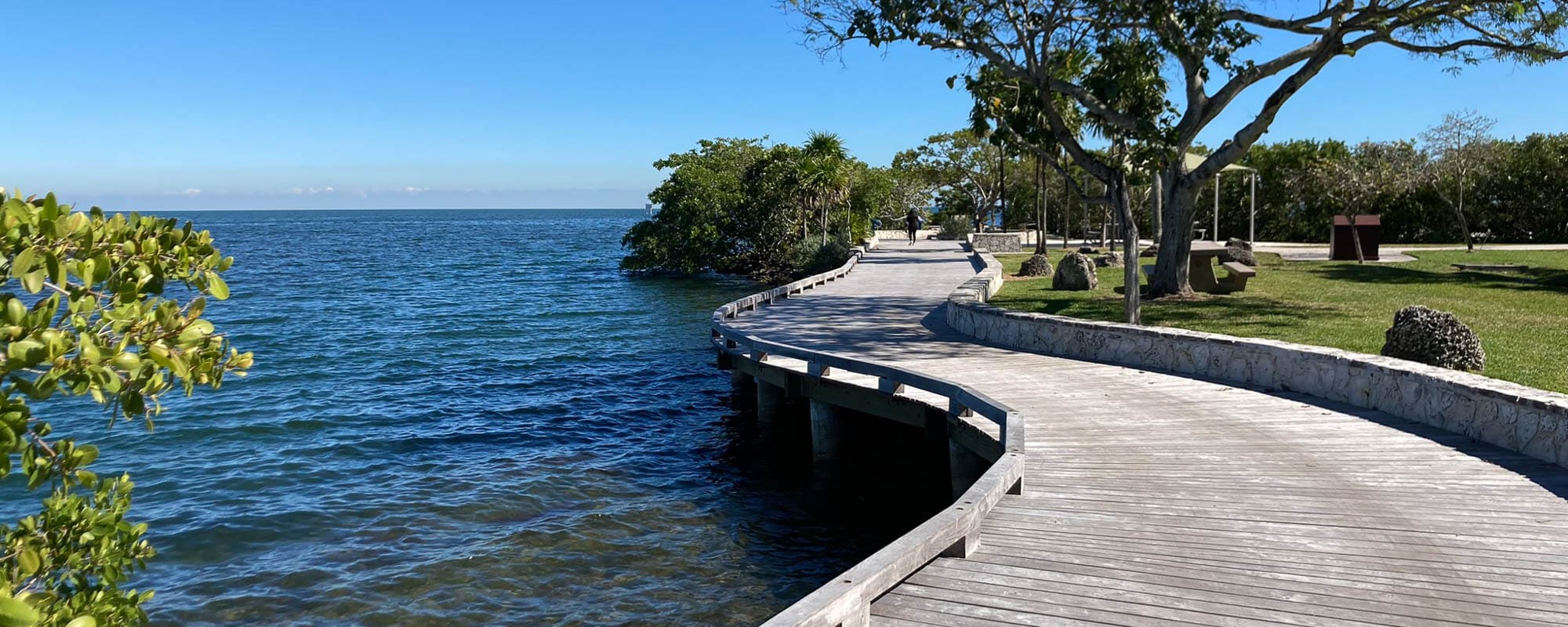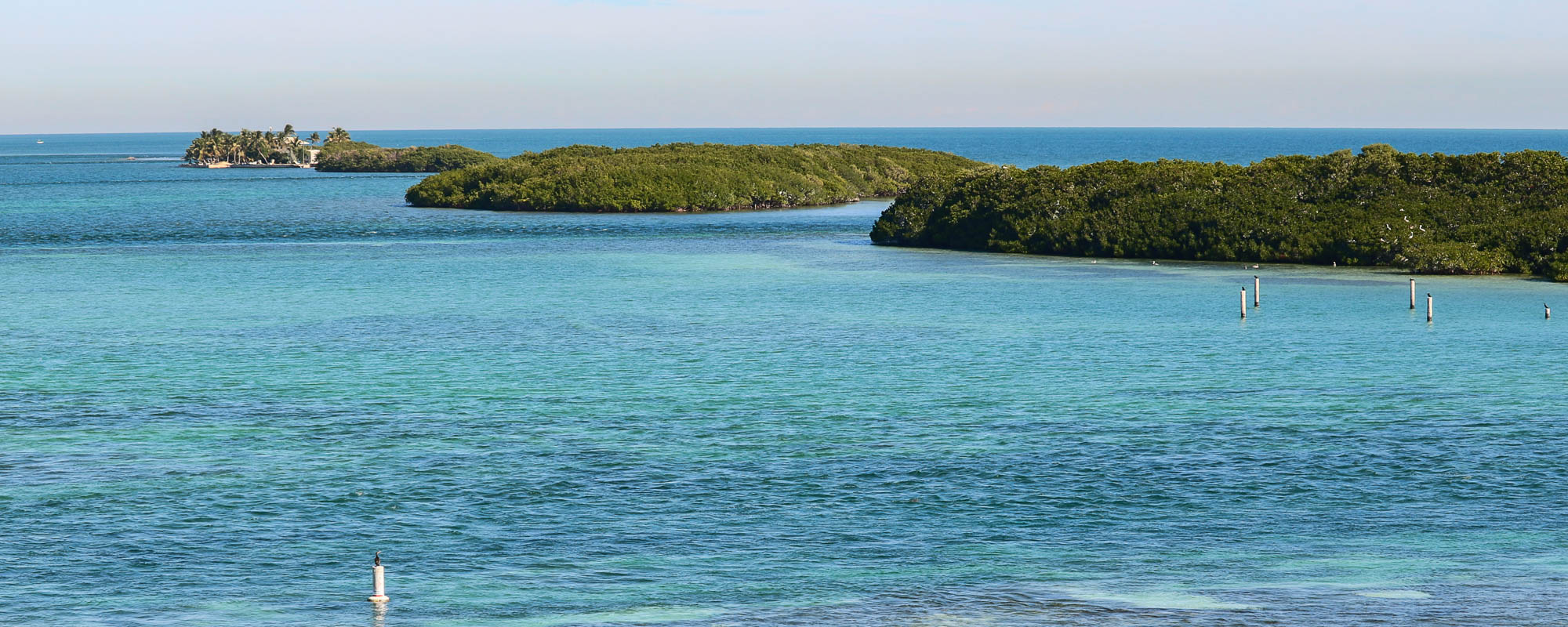One of America’s largest marine preserves, Biscayne National Park is 95% water. Besides a few small islands and mangrove swamps, its main attractions are underwater, including spectacular coral reefs, shipwrecks and abundant marine life.
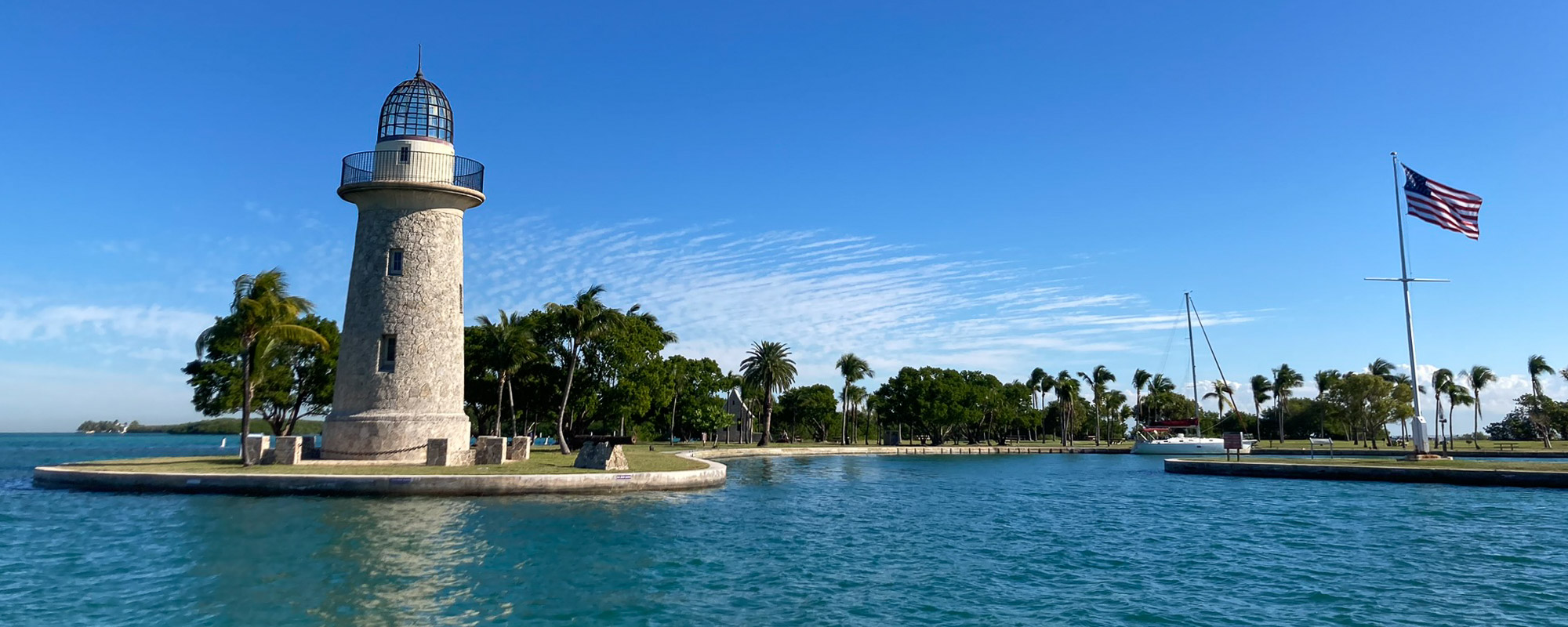
Just east of the Everglades at the southern tip of Florida lies one of the America’s greatest marine national parks. Encompassing much of Biscayne Bay between Key Biscayne and Key Largo, just south of Miami, Biscayne National Park is an unparalleled tropical underwater wonderland.
No less than 95% of this national park is water, while the mainland coastline consists of uninterrupted mangrove swamps. A number of small islands—known as “keys”—lie offshore, dotted with palm trees, beaches, lighthouses and a few historic sites.
Indigenous people called Biscayne Bay home for 10,000 years before the first Europeans arrived. Spanish conquistador Juan Ponce de León “discovered” Florida in 1513, bringing with him deadly diseases that devastated the Tequesta people.
More Spaniards followed, many with ships filled with treasures, some of which ran aground in the shallow waters of Biscayne Bay.
Because Biscayne National Park is mostly water, the only way to explore it is by boat. A popular activity is joining a guided boat tour to one of the islands, such as Boca Chita Key with its iconic lighthouse or Elliott Key, which once was home to a community of pioneers, pineapple farmers, privateers and pirates.
A particularly noteworthy attraction is Stiltsville, located near the park’s northern boundary. This collection of stilted shacks dates back to the 1930s. During the final years of the Prohibition Era, these above-water clubs were a popular place to visit among visitors from nearby Miami Beach, who came to enjoy (unlicensed) alcohol and gambling.
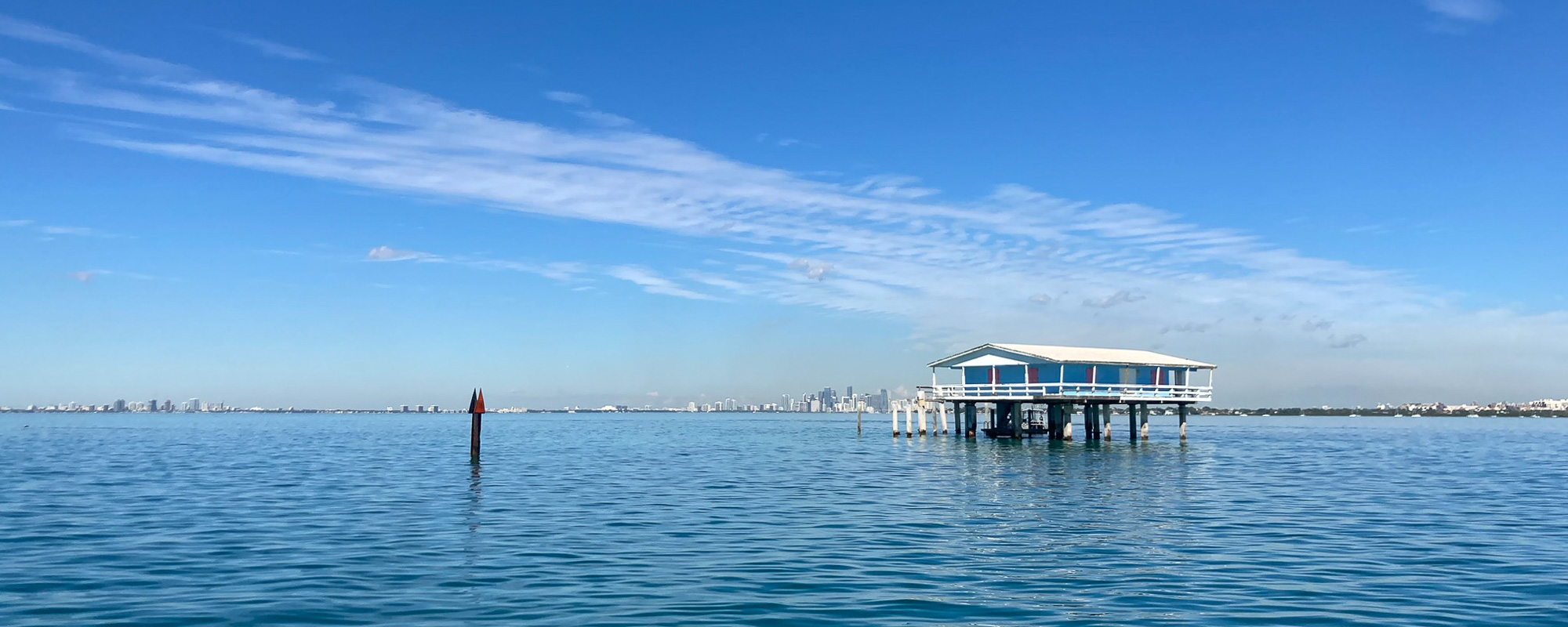

Besides boat tours, you can also go on ranger-guided kayak or canoe excursions in Biscayne Bay, or bring your own vessel to some self-guided exploration.
And to truly experience what Biscayne National Park is all about, it’s essential to actually get into the water. Several snorkeling and scuba diving trips take place each day, taking visitors to some of the park’s most stunning underwater attractions, whether it’s a coral reef or sunken ship.
Biscayne is unquestionably one of America’s greatest snorkeling and scuba diving destinations, home to an incredible wealth of marine life. It even has its own underwater trail: the world-renowned Maritime Heritage Trail.
Submerged seagrass meadows provide sustenance to manatees, while the park’s extraordinary coral reefs, which comprise the northernmost part of the world’s third-largest coral reef system, are home to over 200 species of fish, along with numerous other marine animals.
Other iconic wildlife you might see when exploring Biscayne National Park includes several shark species, barracudas, sea turtles, lobsters, bottlenose dolphins, pelicans, brown boobies, flamingos, roseate spoonbills and ibis.
If you’re really lucky, you might even spot an endangered American crocodile near the park’s mangrove-lined coast.
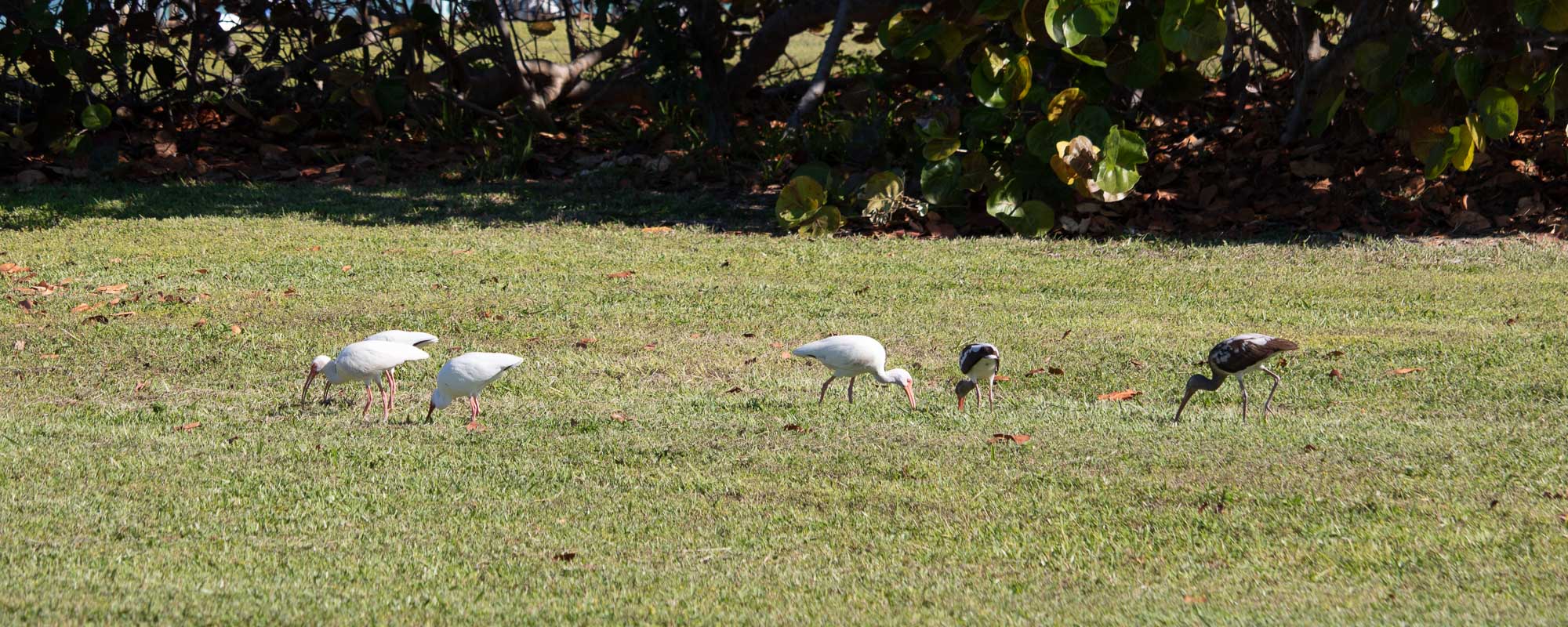
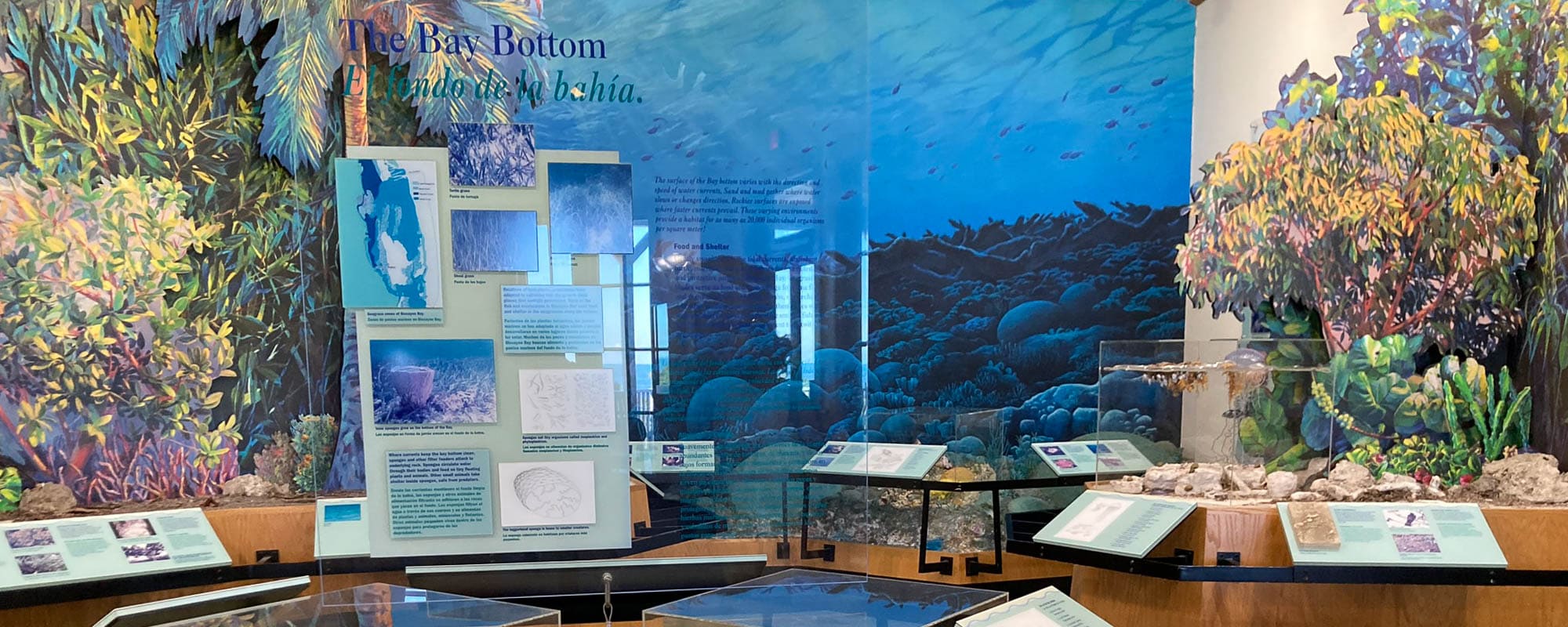
This Biscayne National Park information page contains affiliate links. You can read more about our Terms of Use / Disclosure here.
Highlights of Biscayne National Park
Virtually all top attractions in Biscayne National Park are water-based. Its greatest drawcard is its phenomenal underwater world, a colorful spectacle created by reef-building polyps, as well as a number of sunken ships.
The keys of Biscayne Bay, too, are a main highlight, featuring a lighthouse, historic trails and groves of palm trees. Stiltsville, as mentioned above, is arguably Biscayne’s most unusual attraction.
- Snorkeling and scuba diving excursions to Biscayne Bay’s coral reefs and shipwrecks
- Boat ride past historic Stiltsville
- Kayak and canoe trips along the mangroves of the Biscayne Bay shoreline
- Wildlife watching, both in and out of the water
- Visit to Boca Chita Key and its iconic lighthouse with view of the Miami skyline
- Visit to Elliott Key and hiking the 6-mile one-way Spite Highway Nature Trail
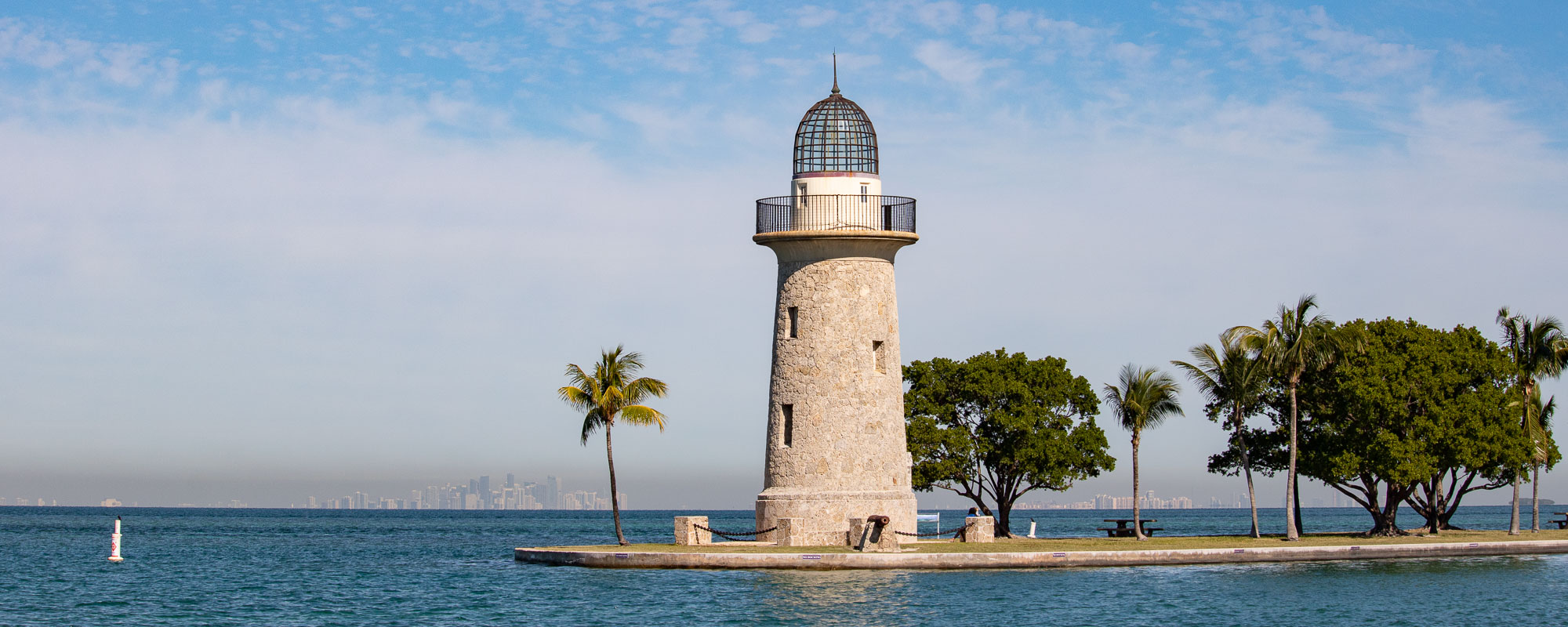
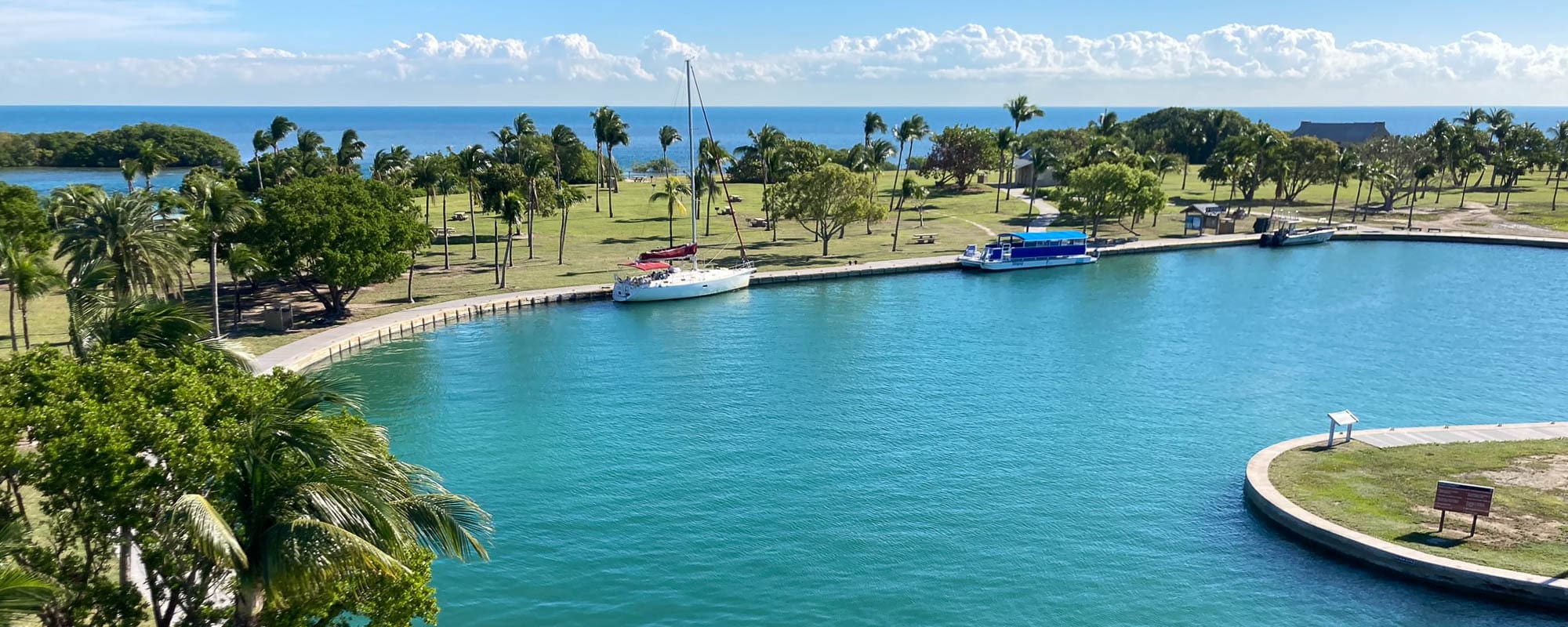
Useful Info
Location: Southern Florida
Nearest Towns: Miami and Homestead
Area: 270 square miles (172,971 acres)
Annual Visitors (2022): 701,023
Features: Extensive mangrove-lined coastline, spectacular coral reefs and shipwrecks in the shallow waters of Biscayne Bay, beautiful islands like Boca Chita Key and Elliott Key, historic Stiltsville, several hundreds of fish species, birds, marine mammals and reptiles
Top Attractions: Boca Chita Key Lighthouse, Stiltsville, Elliott Key, Maritime Heritage Trail and the Dante Fascell Visitor Center, Galley and Museum
Popular Activities: Boating, canoeing and kayaking, fishing and lobstering, wildlife viewing, snorkeling and scuba diving, camping
Suggested Stay: 1 day
Campgrounds:
The two campgrounds in Biscayne National Park are only accessible by boat.
More Information:
Nearby National Parks:
- Everglades National Park, Florida
- Dry Tortugas National Park, Florida
- Virgin Islands National Park, U.S. Virgin Islands
